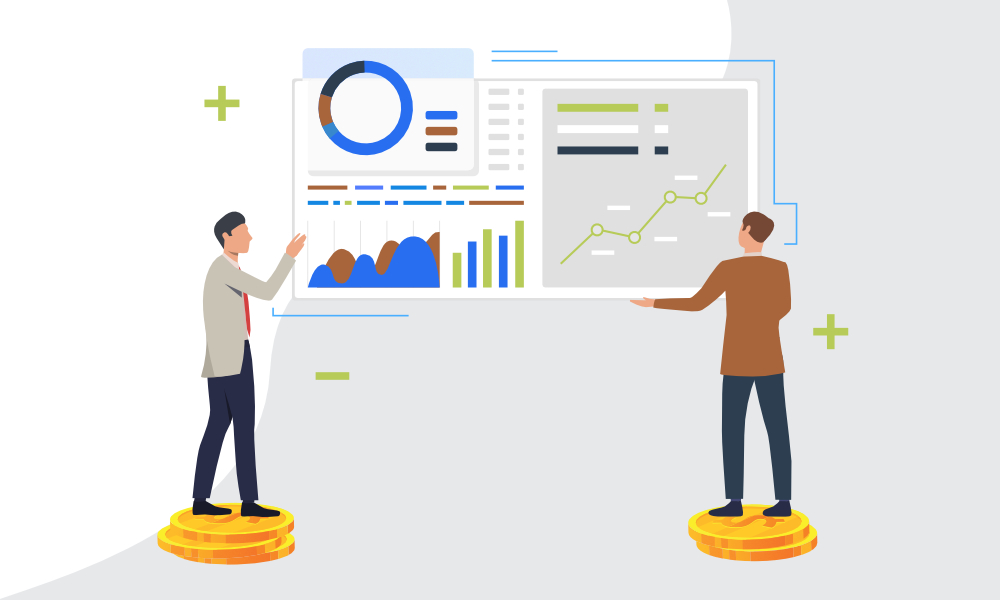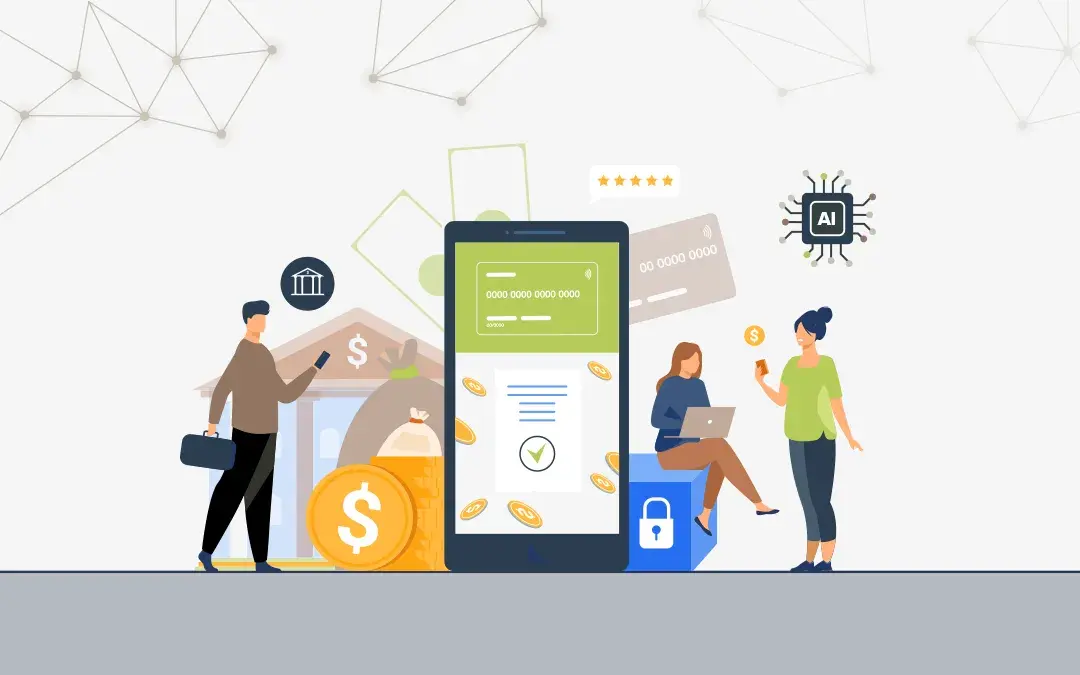Today, instant accessibility of financial services has become a major requirement for customers. They want banks and Fintech firms to offer financial services tailored to their need and preferences.
The industry has been witnessing changes on similar lines where customers are at the center of all services. Financial regulations like PSD2 and open banking aim to – (1) introduce new financial services, (2) emphasize on innovation, (3) infuse competition in the market, and most importantly (4) offer better customer experience.
PSD2 also enforces banks to share financial data with registered service providers to help consumers manage their finances more conveniently. The bank data could also help lenders to perceive customer preferences when it comes to obtaining credit services.
As open banking is spreading widely, new and innovative use cases based on bank data are becoming apparent across the finance sector. There are distinct advantages for lenders in the use of bank data. From facilitating lending decisions to reducing the chances of frauds, bank data is poised to open doors to myriad of benefits for lending businesses.
1. Accurate lending decisions
Currently, lenders heavily rely on credit score to assess the creditworthiness of borrowers. While these reports offer significant insights into the borrower, real-time bank data could help lenders to gain deeper insights into user’s payment patterns, transaction details, preferred services, and more.
Financial data shared by banks can significantly assist loan application analysis by showing income, expenditure, and investments of the borrower. Lenders can then accurately decide the amount, the interest rate, and tenure of the loan more accurately to avoid credit failures; or reject the application.
2. Reduction in time
From loan application to approval, lenders spend several hours in screening applications and analyzing documents to ensure safer and secure lending. Coherently documented data could speed up the entire process to be completed in minutes. Accessing the bank data, lenders can retrieve the user information quickly to complete KYC and AML checks. The total time taken to loan origination process could be tremendously reduced – resulting in shorter turnaround time and better customer satisfaction.
3. Serve borrowers with low credit scores
Credit scores and reports cater to banks in analyzing the creditworthiness of the borrower. The score is generally produced by analyzing limited bank account details, past loans, income statements, etc.
Right now, many individuals who might be eligible for a loan are denied due to low credit scores or lack of sufficient details. Bank data could assist lenders in looking beyond the credit scores and making decisions based on their actual payment and income analysis. Moreover, several other factors could be included to calculate the score more accurately. This could also work to widen the prospective pool of applicants, therefore gaining new business.
4. Reduce the chances of frauds
The lending industry has always faced the acute problem of frauds. The problem is global, and no country is fully protected. Real-time bank data can offer an impeccable fraud detection solution for lenders.
Bank data can easily and quickly confirm the integrity of an applicant that can help to eradicate frauds. Moreover, lenders can also keep a constant track on the bank data and designate transactions that denote fraudulent activity or the elevated risk of fraud. It could ensure the applications and documents that are submitted are accurate, and no misleading data is produced.
5. Enhance customer experience
As consumers are demanding easier and instant access to loans, lenders must modernize their processes to meet their requirements. Real-time bank data could help to speed up the decision process and credit analysis to offer a shorter turnaround time. Faster and more efficient processes could be the key for lenders to offer applicants with better user experience.
To conclude, the landscape of lending is constantly evolving. Businesses must innovate and adopt regulations to sustain in this competitive market. Many lenders around the world have started adopting open banking in hope to increase operational efficiencies, improve sales, and enhance user experience. With PSD2 and open banking, there is more to come that can entirely change the way we used to manage our finances. Access to bank data and Fintechs entering the market might be just the beginning of the innovation.




